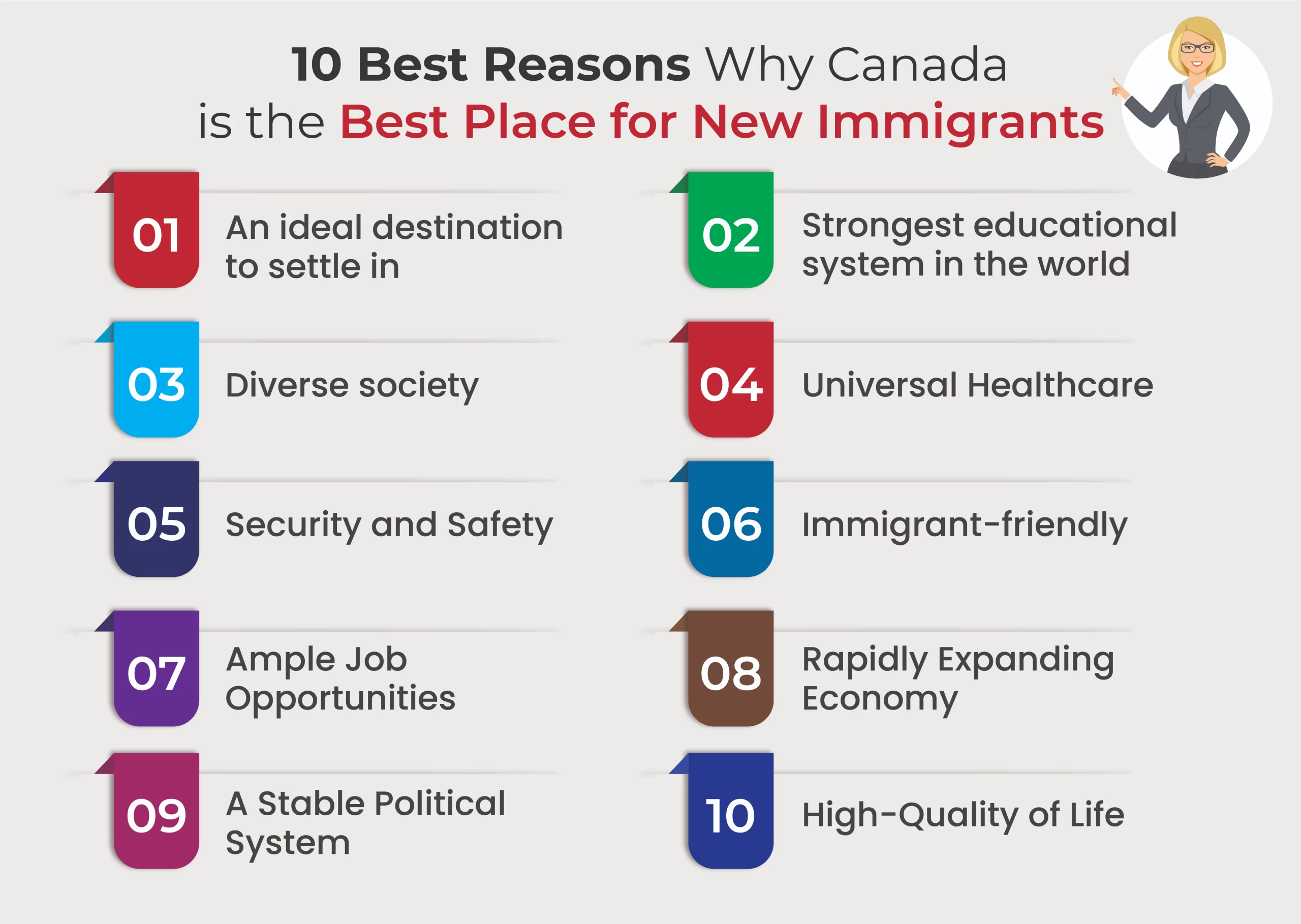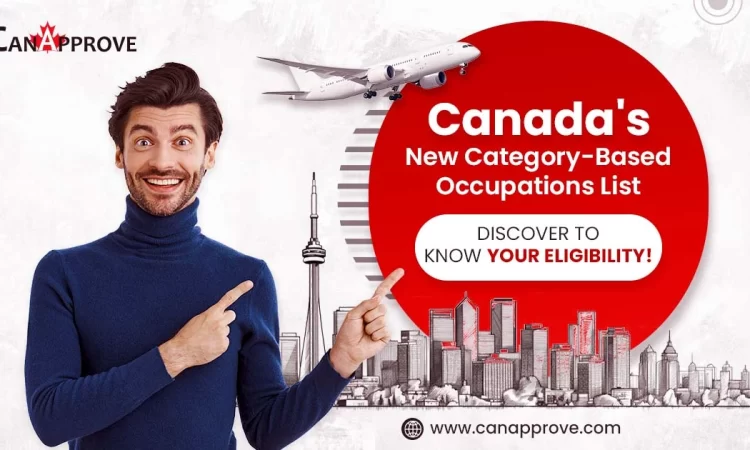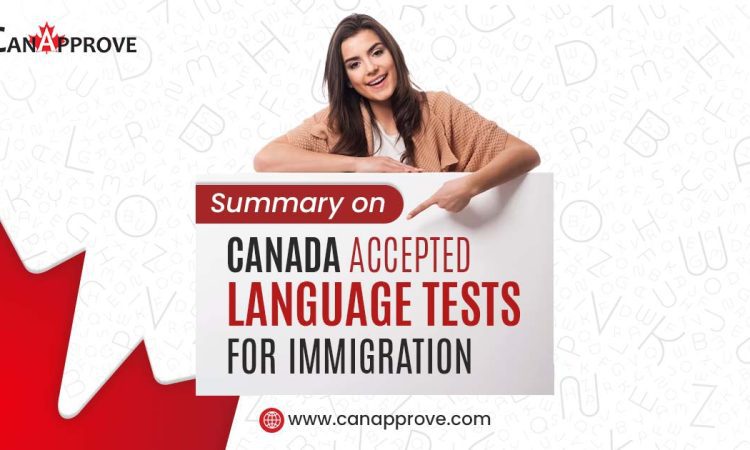Imagine waking up on a pristine beach and being greeted by a fluffy koala and hymn by the sound of a didgeridoo. It’s time to head over to Australia! The first thing you need to do before you slip on your budgie smugglers (don’t worry, we’ll explain why!) is to apply for Australia Tourist Visa. It is our sincere wish that this ultimate guide will be your passport to a smooth application process, so grab your virtual boarding pass and get ready to experience the wonders of life in Australia.
This blog will walk you through the process, offering Tips and Tricks to ensure a smooth application and get you on your way to your Aussie trip.
Australia Tourist Visa Process
➾Apply Early for a Smooth Takeoff
Getting your Australian visitor visa application early is very important to avoid any last-minute hiccups. Processing times can vary depending on where you’re from, how busy they are, and even the season. To be on the safe side, aim to submit your application at least two to three months before you go on vacation.
➾Why Apply Early?
1. Peace of Mind, Mate: Knowing your visa in the works lets you confidently plan your trip, booking flights and accommodation without worry. Early application also allows you to catch any travel deals or promotions.
2. Time to Fix: If there are any unexpected issues with your Australia tourist visa application, applying early gives you enough time to address them before your travel dates. No scrambling needed!
By getting your application in early, you can make sure a smooth and stress-free journey towards your Kangaroos Land. So, what are you waiting for? Grab your passport and apply!
➾Choosing the Right Visitor Visa Subclass
There are different subclasses of visitor visas, each with specific requirements. The most common subclass for tourism is the visitor visa (subclass 600). However, depending on your purpose of visit, you might need a different subclass. Research all options on the official website to make certain you choose the right one and apply for tourist visa australia.
➾Gather Your Documentation
This is where preparation becomes key. Having all the necessary documents organized will significantly speed up the process. Essential documents typically include:
1. A valid passport with at least six months validity after your intended departure from Australia.
2. Completed australian tourist visa application form (electronic or paper-based).
3. Two recent passport-sized photographs.
4. Evidence of financial support for your stay (bank statements, income tax returns).
5. Travel itinerary outlining your plans in Australia.
6. Proof of travel insurance (highly recommended).
7. Additional documents may be required depending on your circumstances.
➾Tips for a Smooth Application:
1. Apply Early: Processing times can vary, so apply at least two to three months before your trip, especially during peak seasons.
2. Double-Check Everything: Make sure all information on your application is accurate and complete. Typos or inconsistencies can lead to delays.
3. Be Honest and Transparent: Provide genuine details about your trip and purpose of visit.
4. Show Strong Ties to Your Home Country: Demonstrate you have a reason to return home after your visit (job, property, family).
5. Proofread and Revise: Before submitting, carefully review your application for any errors or missing information.
➾Submitting Your Application
You can submit your application online. The online process is generally faster and more suitable for our current situation. There are also australian visitor visa application charges (visa fees) to be paid at this stage.
➾The Waiting Game
Once submitted, it’s time to be patient. Processing times can vary depending on your application’s complexity and current workload.
➾The Outcome
The Department of Immigration will notify you of their decision via email. Hopefully, you’ll receive a notification that your visa has been granted!
➾Don’t Go It Alone (If You Don’t Have To!)
While you can definitely tackle the Visitor Visa application by yourself, it’s not for everyone. If the process seems confusing, or the paperwork gives you a headache, consider seeking help from a reputable visa agency like CanApprove.
➾Why Use a Visa Agency like CanApprove?
Visa agencies like CanApprove act as your travel companions on the application journey. They can:
1. Explain the Process: They’ll guide you through each step, making sure that you don’t miss any crucial details.
2. Eagle Eye Review: They’ll review your application with a keen eye, catching any errors or omissions that could delay your visa.
3. Ongoing Support: They’ll be there to answer your questions and offer support throughout the entire process.
➾Especially Consider an Agency If…
1. Your Path is an Adventure Novel: A complex travel plan with multiple stops or changes might require extra documentation. An agency can help to guide through these complexities.
2. Medical Matters: If you have any pre-existing medical conditions, an agency can ensure you have the necessary paperwork to avoid delays.
3. Past Mistakes: A criminal record or past visa issues might require extra steps. An agency can advise you on the best course of action.
By partnering with a reliable visa agency like CanApprove. We can make sure your australia tourist visa from India is accurate, on time, and hassle-free, so you can concentrate on planning your dream Australian vacation.
Apply for Australia Tourist Visa with the help of CanApprove NOW!



































